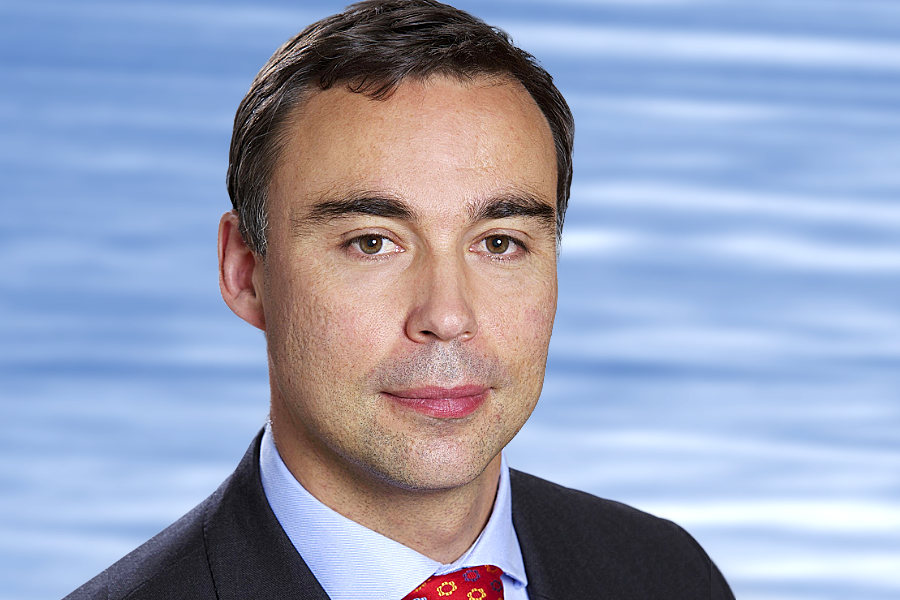
Steve Ellis, global chief investment officer for fixed income at Fidelity International has outlined dynamics which could affect debt markets in 2023.
“Fixed income markets head into the new year hopeful of a long-awaited shift to a new reality, but the biggest risk for investors is that policymakers may have already pushed the system too far,” says Ellis. “Monetary aggregates are falling at or to levels not seen since the Great Depression and yet central banks are pushing ahead with more tightening. Even if policymakers are forced to back down by markets and the scale of the prospective slowdown, we believe interest rates will settle far higher than they have been at any point over the past decade. This should be good for bonds, which have struggled through a decade of zero yields, but there are the first signs of cracks in financial systems in response.”
“It is clear that developed world central banks began this round of tightening too late and that the outcomes are likely to be painful. Were the US to head into recession next year, credit defaults would rise significantly,” he says. “So far, the market is yet to reflect these risks, notably in high yield credit. We calculate market implied default rates for the high yield segment at just 2.7% in the US currently – roughly what might be expected in a very shallow recession. By contrast, realised defaults peaked at around 14% during the global financial crisis. Prudent credit selection within high yield is therefore essential.”
He notes that the interest burden is also likely to be crucial, with high yield potentially offering yields of 8-10% in the short to medium term, which would alter the outlook for existing and future borrowers, demanding adjustments will be across the curve.
“On the surface, the high risk of a hard landing seems to make US and core Europe duration relatively attractive,” he says. “We expect policymakers will finally be forced into a long-speculated pivot towards easier policy. The difficulty over the past year has been predicting when that will occur. At the time of writing, the prospect of the Fed pivoting has been pushed out to at least March 2023. Inflation will likely prove the key to this. Consumer price growth in the US and Europe has remained stubbornly high, but the first falls may allow central banks to shift. In turn that may finally halt the dollar’s gains and allow emerging markets including China to start to grow faster.”
In Europe he nates that the shock to energy prices and associated risks have made economic pain more evident.
“Markets continue to project rate hikes lasting well into 2023; we reckon the ECB will eventually deviate from this path and avert a deeper recession,” Ellis says. “In the meantime, investors will need to be highly selective. Credit spreads, both for corporates and for the more stretched government borrowers, have widened significantly, but there may be more to come if soaring energy costs drive Germany into a deep recession.”
The rising dollar value has also pushed down areas such as Chinese property investments, he observes, and these could rally when other currencies begin to balance out against the dollar, while recent inflation may not be as long-lived as some have expected, resulting in demand that has been “more negatively shocked” than was necessary.
“We are not priced for that yet and it could swiftly change market dynamics,” he concludes.
©Markets Media Europe 2022
©Markets Media Europe 2025








